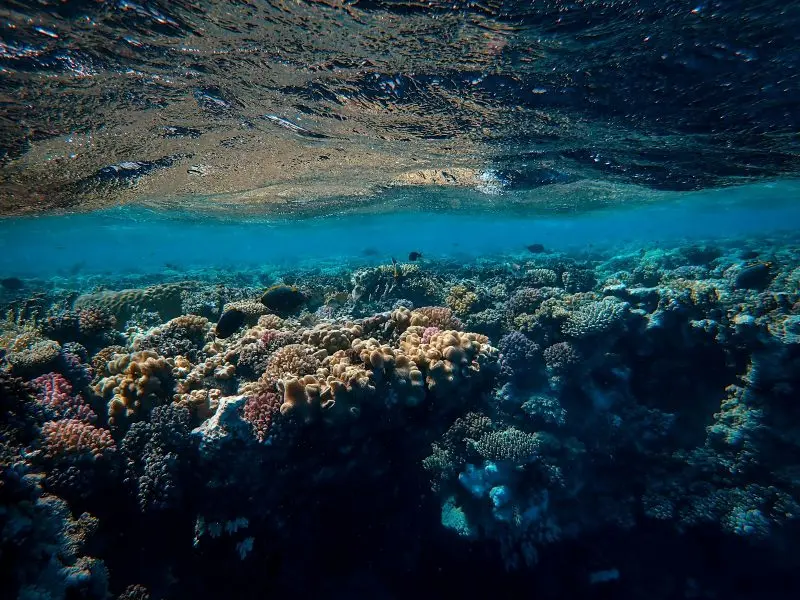While we’re not talking about lost worlds like Atlantis or El Dorado, the discovery of gigantic structures beneath the Pacific Ocean has left scientists as baffled as if they had stumbled upon these mythical lands. A team of geophysicists from the Swiss Federal Institute of Technology in Zurich and the California Institute of Technology has uncovered mysterious rock formations about 1,000 kilometers deep under the Pacific waters—rocks that simply shouldn’t exist there. According to the researchers, this finding challenges “our current understanding of how the Earth is structured.”
So, what did the scientists learn? The Earth is composed of three layers: the crust, the mantle, and the core (both inner and outer). A long-standing challenge for researchers is that no one can peer inside the Earth, nor can anyone drill deep enough to collect rock samples from the mantle. Instead, scientists study the speed of seismic waves—vibrations caused by earthquakes and explosions—as they travel through the planet’s interior. Seismographic stations record these waves, and based on these recordings, experts can draw conclusions about the structure and composition of our planet, as reported by the Daily Mail. “It’s very similar to how doctors use ultrasound to create images of organs, muscles, or veins inside the body without opening it up,” the researchers noted.
It’s also well known that the Earth’s lithosphere—its rocky outer shell, which includes the upper mantle and the crust—is made up of about 15 tectonic plates. Seismic activity can be detected along the boundaries of these plates, where they grind against each other. However, in the distant past, large plates disappeared into the Earth’s mantle through a process called subduction, where one plate slides beneath another and eventually vanishes into the planet’s depths. Previously, seismologists had no trouble pinpointing the locations of underwater tectonic plates throughout the mantle, as they were located beneath subduction zones. But now, scientists have discovered structures resembling sunken tectonic plates in areas where no subduction has occurred.
In this new study, the researchers employed a method known as full-waveform inversion. This technique allowed them to create a three-dimensional model of the planet using a vast amount of seismic wave data. A supercomputer provided the computational power necessary for the scientists’ needs. But how can we explain the presence of these strange structures in unexpected locations? The Pacific Ocean is one large plate, beneath which there should be no subduction material. This means the structures found may not have been lost due to subduction by other plates. But what exactly are they, and what do they mean for the Earth’s internal dynamics? That remains a mystery.
“It’s like a doctor who has been studying blood circulation with ultrasound for decades and finds arteries exactly where expected. Then, if you give him a new, state-of-the-art tool for examination, he suddenly sees an artery in the thigh that really shouldn’t be there. That’s the impression we have from this discovery,” said Professor Andreas Fichtner, a co-author of the study. The team has proposed several hypotheses regarding the origins of these anomalous structures. They could be ancient, silicon-rich material that has been preserved since the formation of the mantle around four billion years ago. An alternative possibility is that these are zones where iron-rich rocks have accumulated due to mantle movements over billions of years. The results of the study were published in the journal Scientific Reports.

